
How Kenyan rural farmers are using conservation agriculture for food security
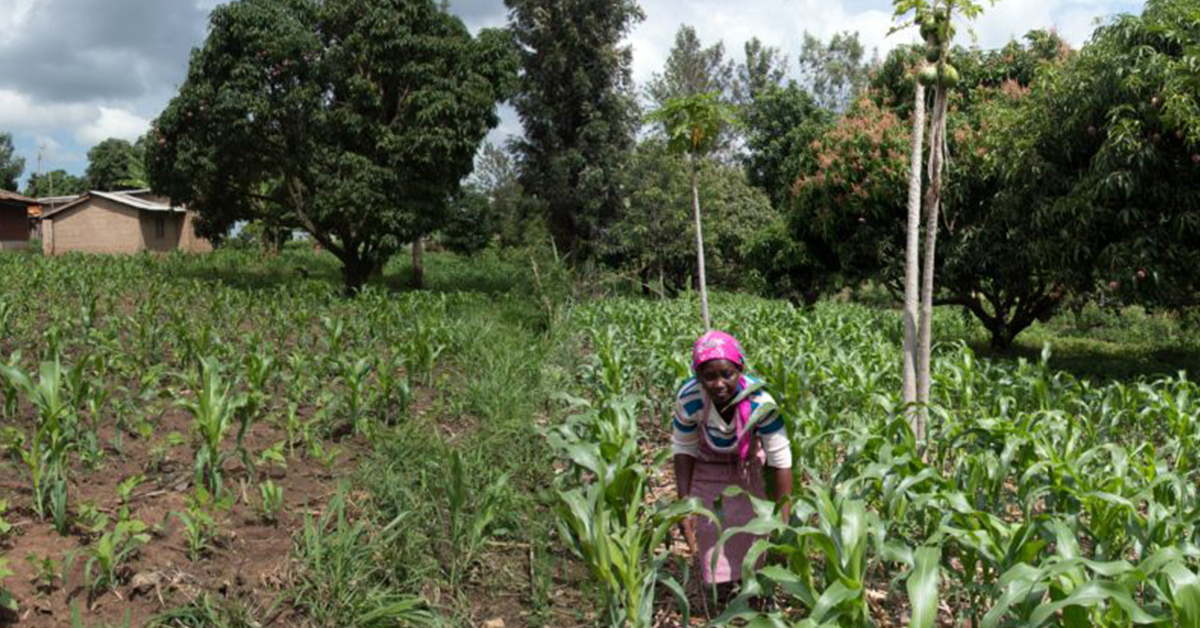
Mercy Gakii
Esther Kaari, now in her 60s, lives in Kiharu, Murang’a County, with her husband, Francis Maina, aged 72. They have bee peasant farmers for as long as she can remember. They generally harvest just enough for their household needs. She would however want to do more with her farm.
Some four years ago when she heard about a new way of farming, she immediately expressed interest.
“I was struggling, my farm was not producing anything significant. I participated in an exposure visit where we visited a farmer who had adopted Conservation Agriculture (CA) method of farming,” she recalls.
Conservation Agriculture (CA) is an approach to managing agro-ecosystems for improved and sustained productivity, increased profits and food security while preserving and enhancing the resource base and the environment.
Her visit pleasantly surprised her because in spite of it being a dry season, this farmer’s crops were well tendered and healthy.
“I realised that the farmer we visited did not use huge monetary investments for her farming. This approach was not about having more money to put into your farm; it is more about committing to a new technique of farming, and committing to it all the way,” Kaari said.
She went back to her home determined to give this new method of farming a try, committing a small piece of the farm 20ft by 20ft to her experiment. She was impressed with the output, as that was the only section of her rather sandy and rocky farm that yielded a harvest.
When we interviewed her, she said the soil in her farm has improved so much that her produce has increased exponentially. Previously, she used to harvest 16 kilograms of maize. This increased to 60 kgs of beans and 90 kg of maize after adopting conservation agriculture techniques.
“In my third season using this technique, I harvested 450 kg of maize and 135 kgs of beans! Now, I sell produce to other farmers so I can buy drugs for my hypertensive condition,” she says.
She decided to venture into chicken rearing, having bought 16 chicks. Chicken improves nutrition for the family and is an excellent source of increased income. Some of the maize Esther grows is ground-up for chicken feed. So she now is able to feed her own chickens from her produce, thus saving on chicken feed. She has recently bought 19 more chicks to produce eggs. She sells a tray of eggs weekly at the local market, making Sh450. With more Income, she can add supplements to the chicken feed that gives better production. The extra income has also helped her purchase cement and sand to fix the home foundation and floor and has also purchased a new iron sheet roof.
Another happy farmer is 53 year old widow, Naomi Ndunge. She takes care of her three grandchildren from her farming activities.
For her, farming used to be difficult, but necessary. “I used to have problems with my farm, especially after my husband died in 2013. With the changing weather patterns there times when there have been no rains and thus did not harvest or barely harvested anything,” she revealed.
The interesting part for her is that with Conservation Agriculture, things changed. Now, with even a small amount of rain, she can harvest food that is sufficient for my household and have more to sell for income. After many crop failures, I’ve now had 6 successful harvests, from three quarters of an acre I used to get one bag of Maize now I get 4 bags,” Naomi happily revealed.
Naomi says that she has also realized that there is reduced labour in the farm. Conservation Agriculture promotes minimum tillage thus there is less labour employed in the farm compared to the conventional farming methods.
“I do not have to pay for any labour and I also have time to do other important things. With my extra time, I am able to go to the market in the morning and sell some porridge to make some more money. I could never have afforded the money or the time before to do this. I earn about 200 shillings from selling 20 litres of porridge.” The porridge is made from maize and millet flour.
According to World Renew, a non-profit that is educating farmers in various counties, building the technical capacity on Conservation Agriculture and Good Agronomic Practices (GAP) for field staff and farmers is a daily commitment, with field staff conducting extension services to farmers on a daily basis.
Among their goals is assisting farmers to access market information and markets for their produce.
“We train farmers on marketing, creation of aggregation centres for cereals and pulses and connect farmers with buyers. Farmers are also trained on post-harvest handling and use of hermetic bags for storage to preserve grain quality over longer periods of time,” Said Winnie Wangui, a program coordinator.
The organisation is also working closely with county governments to push for the development and
adoption of agricultural policies that support Conservation Agriculture. The program is also strengthening partner capacities to engage in policy at the county level. For instance, there have already been discussions with the county government in Busia county to develop a CA policy within the particular county. Formation of a community of practice to propel the Conservation Agriculture agenda has also been put in place in Nakuru County.

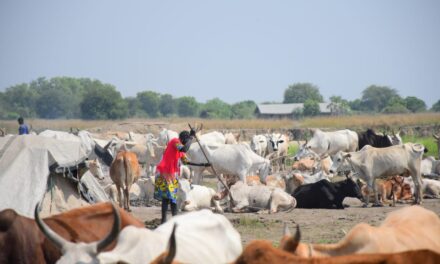

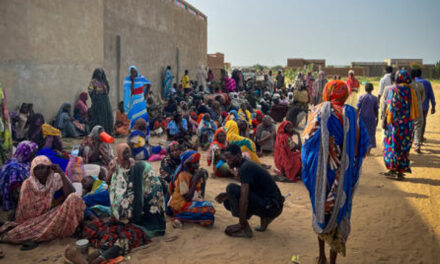


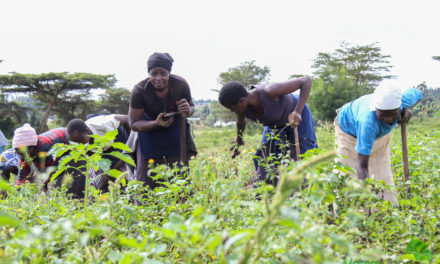



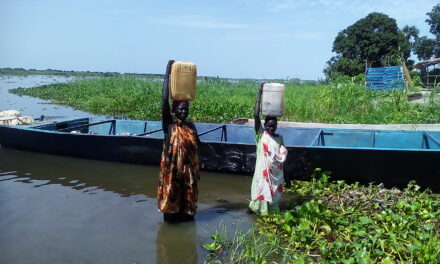
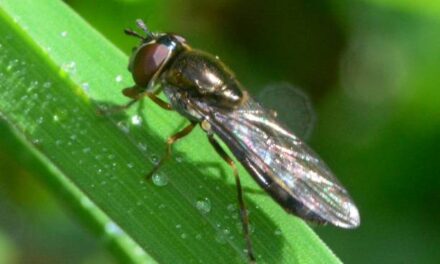





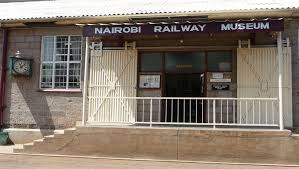

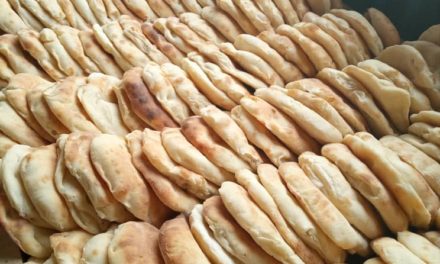

Recent Comments